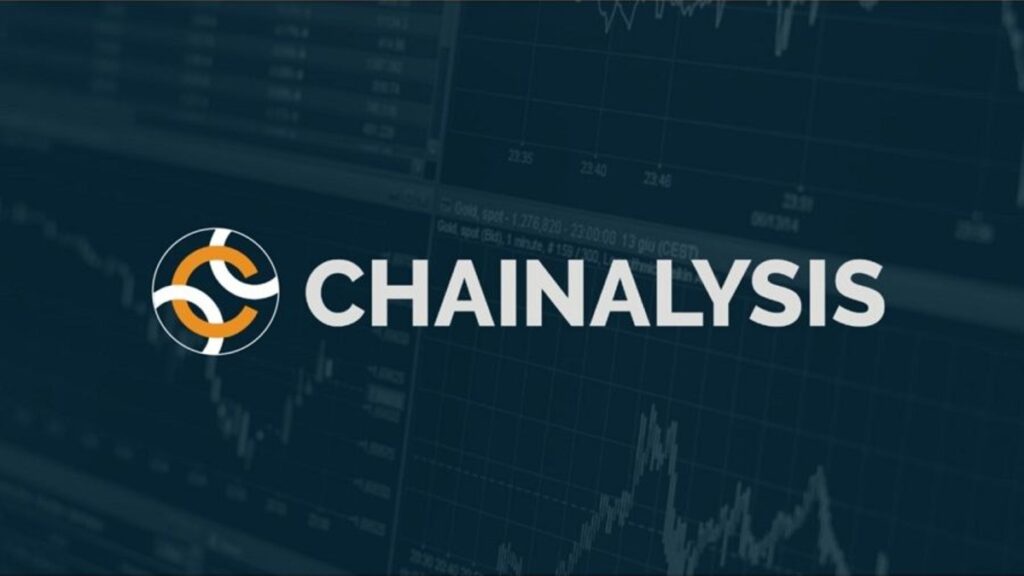TL;DR
- Chainalysis reported that over $75 billion in illicit crypto assets are still active on public blockchains, creating an unprecedented opportunity for law enforcement to enhance financial recovery.
- The analytics firm has assisted in seizing $12.6 billion in illegal funds so far.
- Nearly $60 billion are located in indirectly connected wallets, presenting new grounds for cross-border cooperation and regulatory evolution in the digital economy.
Chainalysis has revealed that more than $75 billion worth of illicit digital assets continue to circulate openly on blockchain networks. The company described this as a sign of growing transparency within crypto markets, showing that even illicit activities can be traced more effectively than in traditional finance. Its collaborations with enforcement agencies worldwide have resulted in the recovery of $12.6 billion, yet most tainted funds remain visible and potentially recoverable.
The firm’s data differentiates between directly linked criminal wallets and those indirectly connected through secondary addresses. Approximately $15 billion resides in direct criminal holdings such as stolen funds, scams, or ransomware proceeds. Downstream wallets, which interact with these funds indirectly, contain over $60 billion, an amount that could substantially strengthen national reserves if governments develop coordinated strategies for on-chain seizures.
Changing Trends In Blockchain Crime Exposure
Chainalysis observed that the total value of criminal holdings tends to move alongside overall market conditions. Illicit balances soared during the 2021 bull market, dropped sharply during 2022’s correction, and started increasing again as digital assets regained momentum in 2024 and 2025. Bitcoin remains dominant by total value, yet Ethereum and stablecoins now account for a growing portion of transaction activity, suggesting a diversification in how bad actors store and move funds.
Darknet operators still represent a major share, collectively controlling more than $46 billion in assets. However, Chainalysis emphasized that blockchain’s transparent nature allows investigators to trace transactions that were once thought untraceable. Sophisticated laundering networks using cross-chain tools and decentralized platforms remain a concern, but visibility continues to improve.

Enhanced Enforcement Through On-Chain Transparency
The report also noted that inflows from illicit sources into exchanges have been steadily declining. Once accounting for over 40% of criminal transfers, direct deposits now represent only around 15% in 2025. This shift reflects evolving laundering methods, but also demonstrates the growing deterrence power of analytics-based surveillance.
Chainalysis believes that blockchain transparency is turning into a form of institutional leverage, enabling regulators and investigators to act with unprecedented precision. Rather than undermining oversight, digital assets are becoming a foundation for accountability, bridging the gap between financial innovation and effective governance.










